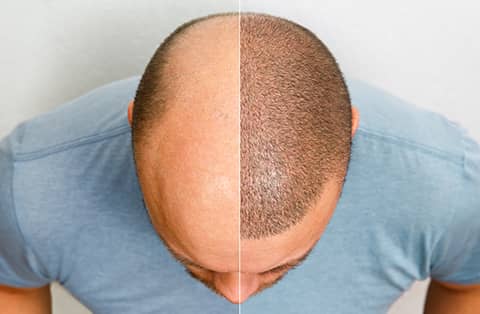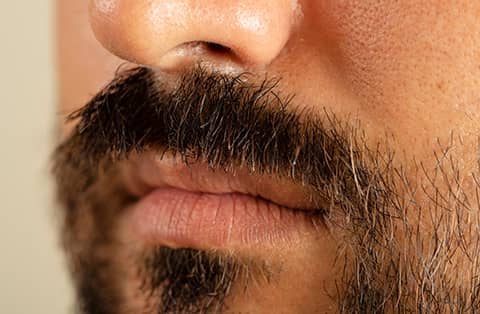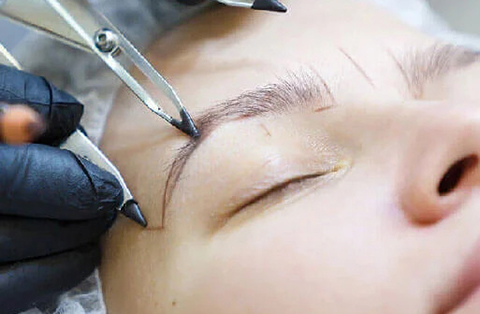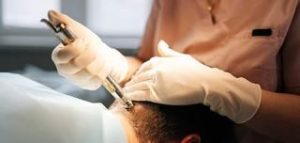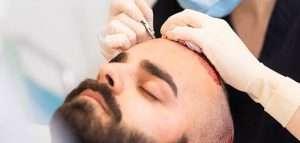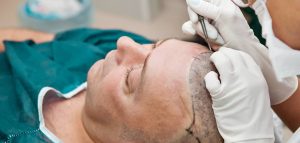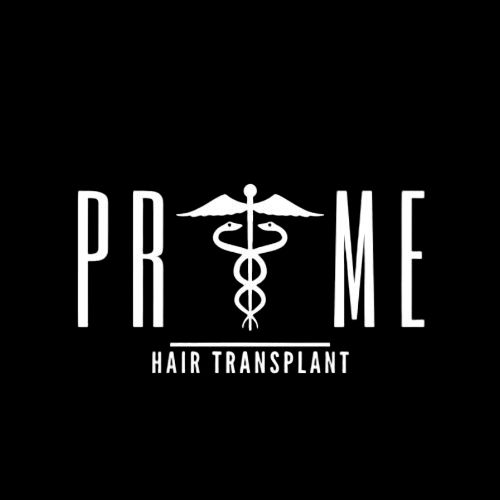Are you wondering if Botox can lift your face and give you a more youthful appearance?
With the array of cosmetic options available, choosing between Botox, a traditional surgical facelift, or a liquid facelift can be overwhelming. Each method offers unique benefits tailored to different needs and desired outcomes.
This article will explore how Botox works, compare it to surgical and non-surgical facelift options, and help you decide which approach might be best for you. Discover the path to a rejuvenated and confident you by understanding these popular cosmetic procedures.
What is Facelift Surgery?
Facelift surgery, or rhytidectomy, is a cosmetic procedure that improves visible signs of aging in the face and neck. It targets sagging skin, deep folds, and jowls.
The plastic surgeon removes excess skin and tightens underlying tissues. This smooths the skin and restores a more youthful contour to the face. Facelift surgery can address issues caused by aging, genetics, or sun damage. The procedure requires anesthesia and involves incisions, typically hidden along the hairline and behind the ears. Recovery takes several weeks, but results can last for years.
Facelift Surgery Techniques
Facelift surgery offers various techniques to address specific aging concerns and achieve desired results. Each method has unique benefits and targets different areas of the face. Understanding these techniques can help you choose the best approach for your needs.
Traditional Facelift: Addresses sagging skin, deep folds, and jowls.
Mini Facelift: Focuses on mild to moderate aging signs, often with shorter recovery.
Mid-Facelift: Targets the cheek area for a lifted, youthful appearance.
Thread Lift: Uses temporary sutures to lift the skin, offering minimal downtime.
Deep Plane Facelift: Repositions deeper tissues for more natural and long-lasting results.
Extended High SMAS Facelift: Tightens the superficial musculoaponeurotic system for improved facial contours.
What are Non-Surgical Facelift Options?
Non-surgical facelift options provide effective ways to rejuvenate the face without invasive surgery. These treatments offer minimal downtime and quick recovery.
Botox: Reduces wrinkles and fine lines by relaxing facial muscles.
Dermal Fillers: Restore volume and smooth out wrinkles, often using hyaluronic acid.
Liquid Facelift: Combines Botox and dermal fillers for comprehensive facial rejuvenation.
HIFU Facelift: Uses ultrasound energy to tighten and lift the skin.
Laser Skin Resurfacing: Improves skin texture and tone, reducing wrinkles and blemishes.
Thread Lift: Employs temporary sutures to lift and tighten the skin.
Microneedling with PRP: Enhances skin texture and firmness using tiny needles and platelet-rich plasma.
Does Botox Lift Your Face?
Botox primarily works by relaxing the muscles that cause wrinkles and fine lines. It does not lift the face in the traditional sense, as it doesn’t tighten or remove excess skin. Instead, Botox smooths out dynamic wrinkles, such as those on the forehead, between the eyebrows, and around the eyes. This creates a more youthful and rested appearance.
For those seeking a lift effect without surgery, combining Botox with dermal fillers can achieve a more lifted look. This combination, known as a liquid facelift, can restore volume and provide a subtle lift, enhancing facial contours and improving overall facial aesthetics.
Combining Botox and Facelifts
Combining Botox and facelifts can enhance overall facial rejuvenation. This approach utilizes the strengths of both treatments to achieve more comprehensive and long-lasting results.
Benefits of Combining Botox and Facelifts:
Enhanced Results: Botox smooths dynamic wrinkles, while a facelift addresses sagging skin and deep folds, offering a more complete rejuvenation.
Prolonged Effects: Botox can extend the youthful appearance achieved by a facelift, maintaining smooth skin for longer.
Targeted Treatment: A facelift lifts and tightens, and Botox can fine-tune areas like the forehead and around the eyes.
Non-Surgical Maintenance: After a facelift, regular Botox treatments can help maintain results without additional surgery.
Holistic Approach: Combining both methods addresses multiple signs of aging, providing a balanced and natural-looking outcome.
This combination ensures that both surface-level wrinkles and deeper structural issues are addressed, delivering a more youthful and refreshed appearance.
Choosing Between Botox and Facelift
Choosing between Botox and a facelift depends on individual needs, goals, and the extent of aging signs. Both options offer unique benefits and can address different aspects of facial rejuvenation. Understanding when each treatment is most appropriate can help you make an informed decision.
When is a Facelift the Best Option?
A facelift is ideal for those with significant sagging skin, deep folds, and jowls. It provides long-lasting results by removing excess skin and tightening underlying tissues. If you have advanced signs of aging, a facelift can restore youthful contours and address issues that non-surgical treatments cannot. It is also suitable for individuals seeking a dramatic and permanent improvement. Recovery takes a few weeks, but the results can last for years, making it a worthwhile investment for many.
When Is Botox Better?
Botox is best for treating fine lines and wrinkles caused by muscle movement. It is a non-surgical option with minimal downtime, making it ideal for those seeking a quick and effective solution. If you have mild to moderate aging signs, particularly around the forehead, eyes, and mouth, Botox can smooth these areas and provide a refreshed look. It is also suitable for those not ready for surgery or looking for a less invasive option. Botox treatments are temporary, typically lasting three to six months, but they can be repeated to maintain results.
Choosing between Botox and a facelift depends on your specific concerns and desired outcomes. Consulting with a qualified cosmetic surgeon can help you determine the best approach for achieving your aesthetic goals.
Considering Risks and Side Effects
When choosing between Botox and a facelift, it’s important to consider the potential risks and side effects associated with each procedure. Understanding these factors can help you make an informed decision and set realistic expectations.
Facelift Risks and Side Effects
Facelift surgery is generally safe, but as with any surgical procedure, there are risks and potential side effects:
Anesthesia Risks: General anesthesia can pose risks, including allergic reactions and complications.
Infection: Although rare, infections can occur at the incision sites.
Scarring: Incisions may leave scars, though they are usually well-hidden along the hairline and behind the ears.
Hematoma: Blood collecting under the skin can cause swelling and discomfort, sometimes requiring additional surgery.
Nerve Injury: Temporary or permanent nerve damage can lead to facial numbness or weakness.
Poor Wound Healing: Factors such as smoking or preexisting medical conditions can affect healing, leading to complications.
Botox Risks and Side Effects
Botox is minimally invasive, but it also carries potential risks and side effects:
Bruising and Swelling: Minor bruising and swelling at injection sites are common but usually resolve quickly.
Headache: Some individuals may experience headaches following treatment.
Eyelid Drooping: Improper injection technique can cause temporary drooping of the eyelid or eyebrow.
Allergic Reaction: Rarely, individuals may have an allergic reaction to Botox.
Muscle Weakness: Excessive Botox can lead to muscle weakness and affect facial expressions.
Injection Site Pain: Mild pain or discomfort at the injection site is common but temporary.
Making an Informed Decision
Considering the risks and side effects of both Botox and facelifts is crucial in making an informed choice. Consult with a qualified cosmetic surgeon to discuss your medical history, aesthetic goals, and the best options for your needs. They can provide personalized recommendations and help you weigh the benefits against the potential risks. By understanding these factors, you can confidently decide on the most suitable treatment for your facial rejuvenation.
Frequently Asked Questions
What is the 8 point face lift with Botox?
The 8-point facelift with Botox is a non-surgical procedure that uses precise Botox injections in eight strategic areas of the face. This technique enhances facial contours, reduces wrinkles, and restores a youthful appearance without surgery or significant downtime. Results are natural and subtle.
Does Botox tighten skin on face?
Botox does not tighten skin. It relaxes facial muscles to reduce wrinkles and fine lines. This creates a smoother appearance. For skin tightening, consider other treatments like Ultherapy or laser therapy. Botox primarily targets dynamic wrinkles caused by muscle movement.
Does Botox lift saggy cheeks?
Botox does not lift saggy cheeks. It smooths wrinkles by relaxing muscles. To lift saggy cheeks, consider dermal fillers or a facelift. These options restore volume and provide a lifting effect, addressing the issue more effectively than Botox alone.
How long does Botox face lift last?
A Botox facelift typically lasts three to six months. After this period, muscle activity gradually returns, and wrinkles may reappear. Regular maintenance treatments are needed to sustain the effects. Individual results can vary based on factors like metabolism and the specific areas treated.
What is the disadvantage of Botox on face?
The disadvantage of Botox on the face includes temporary results lasting only three to six months. It may cause bruising, swelling, or headaches. Incorrect application can lead to muscle weakness or eyelid drooping. Repeated treatments are necessary to maintain the desired effects.


